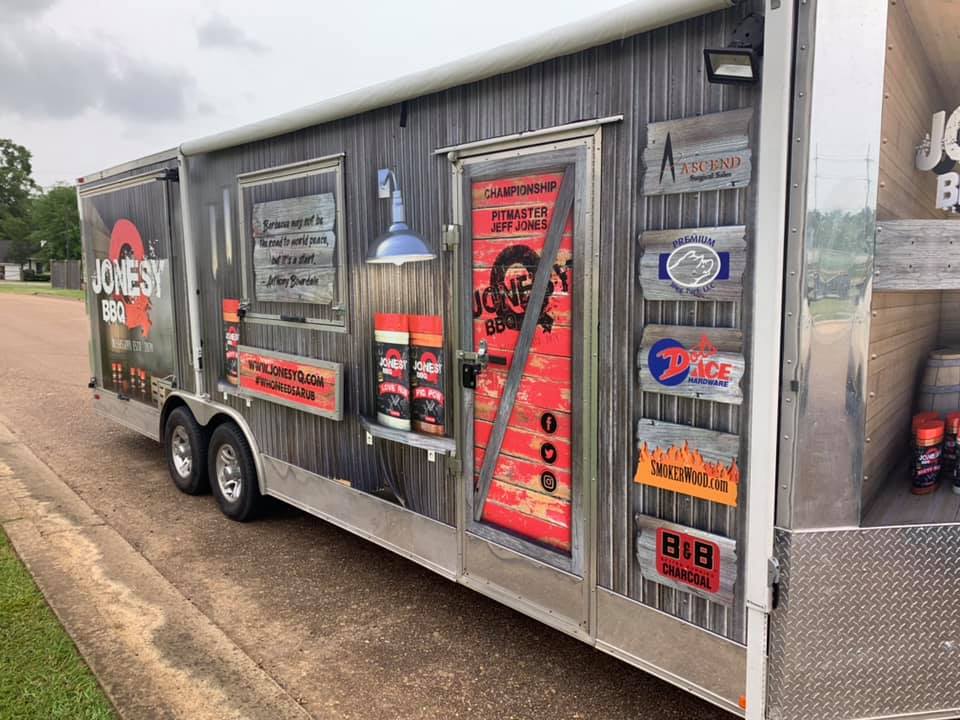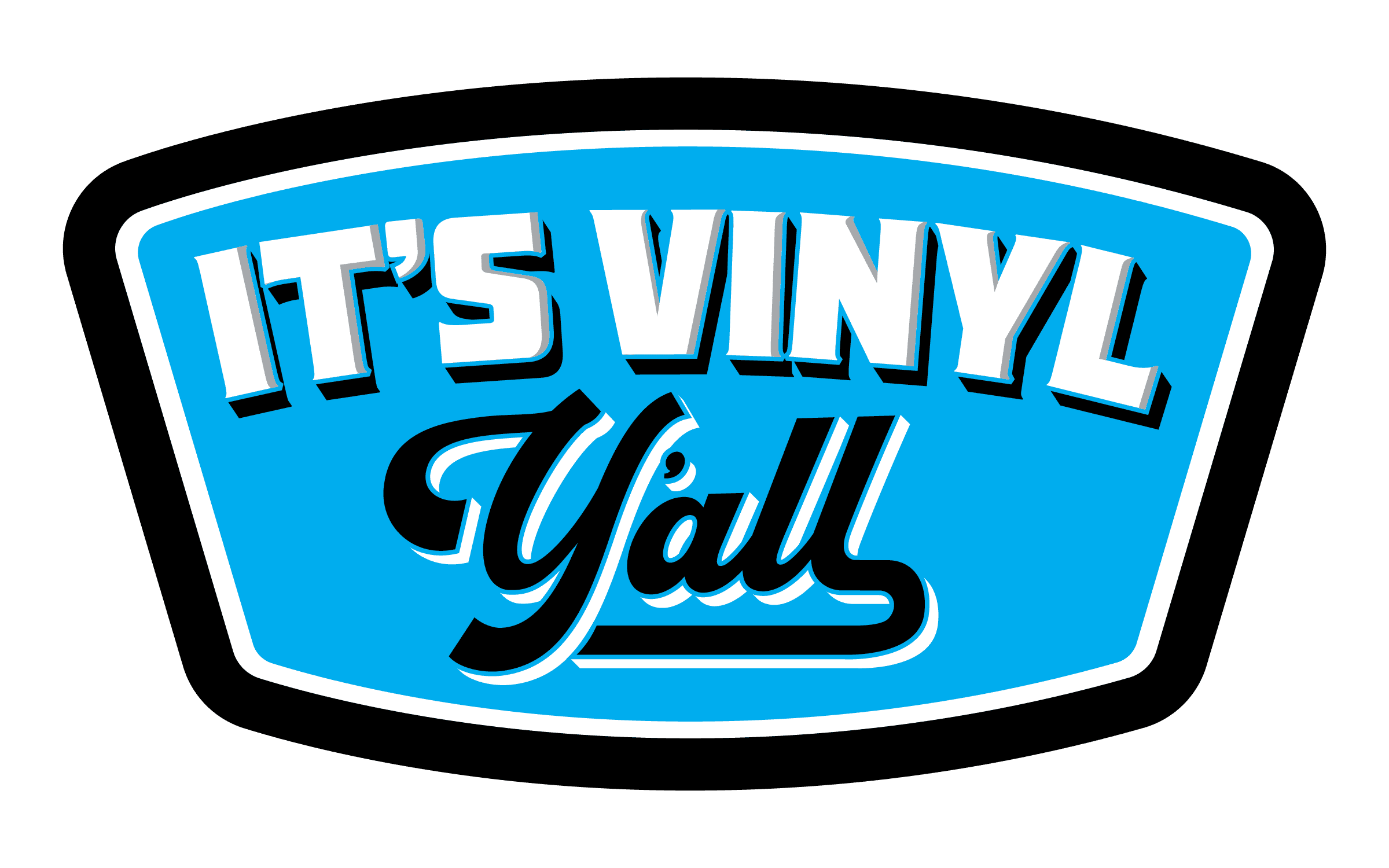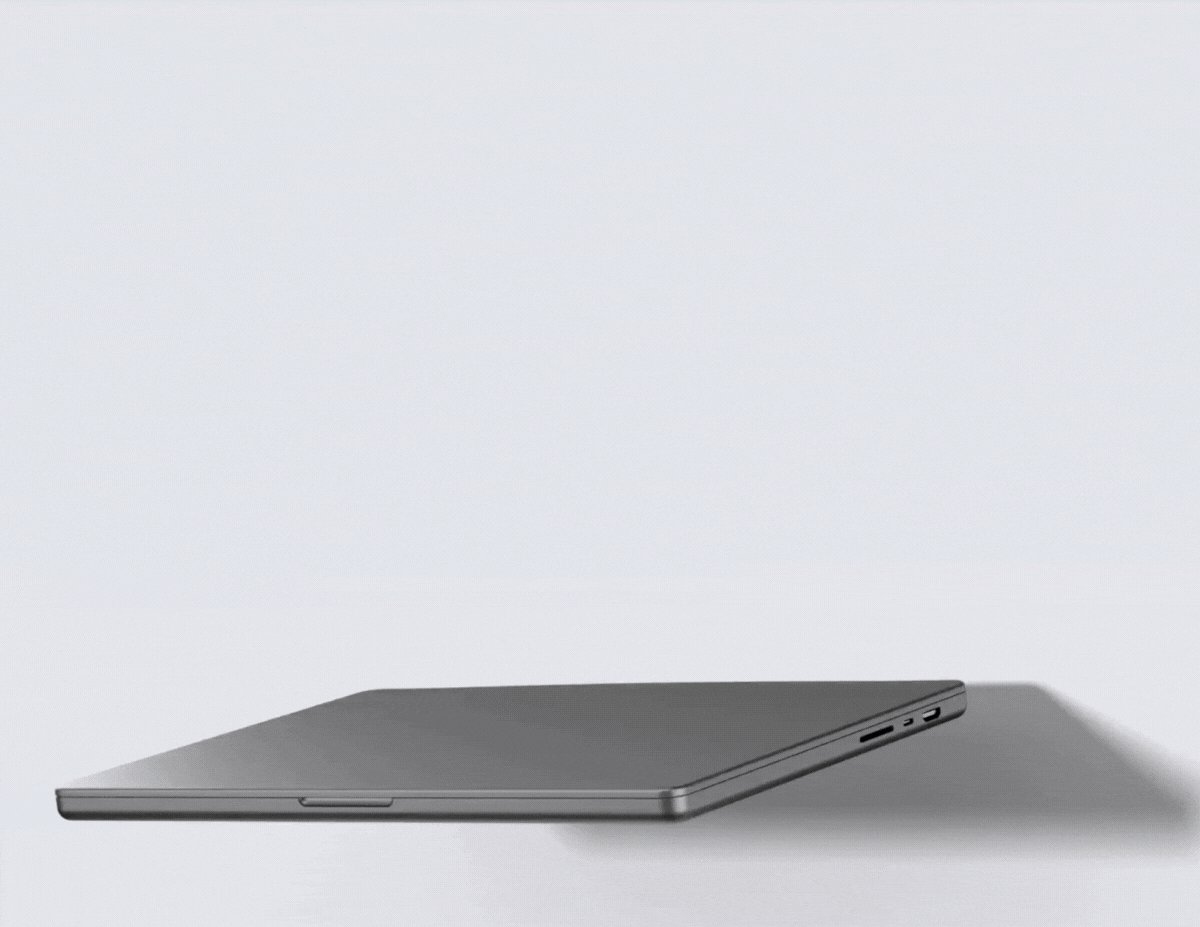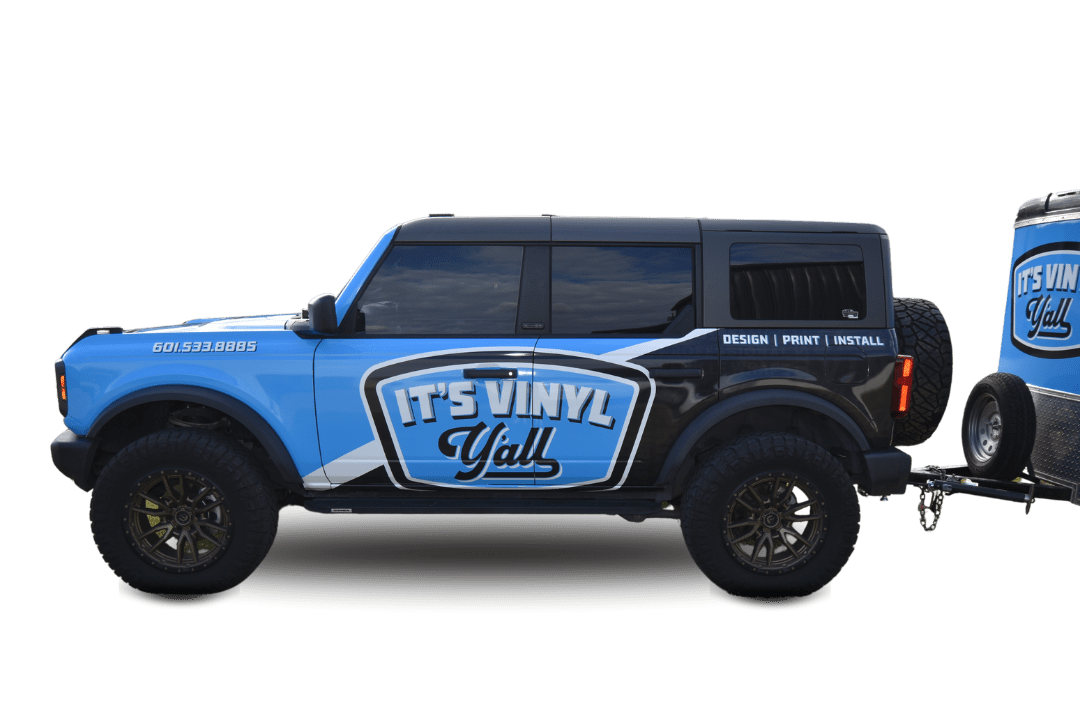Getting your car wrapped can feel like entering a world of endless options—and varying price points. You might be wondering, why does it cost this much? The truth is, car wrap pricing isn’t arbitrary. It’s based on multiple factors that, when combined, create your final quote. Let’s break down these key factors so you can understand what truly drives the cost of a car wrap.
1. Full Wrap or Partial Wrap?
It All Starts Here
Your first big decision: are you going for a full wrap or a partial wrap? A full wrap transforms your entire vehicle, covering it from bumper to bumper. Naturally, this requires more material and time, making it the most expensive option. On the other hand, partial wraps—whether it’s the hood, roof, or a few strategic panels—can still deliver a striking change at a fraction of the cost.
In-Depth Insight: Full wraps are for those looking for a total transformation, whether it’s for aesthetic appeal or branding purposes. Partial wraps are perfect for those who want to make a statement without breaking the bank. Each option caters to different needs, but ultimately, the scope of your wrap dictates the baseline price.
2. The Quality of Materials
Vinyl Isn’t Just Vinyl
Here’s the kicker: not all vinyl is created equal. Top brands like 3M, Avery Dennison, KPMF, or Oracal dominate the market for a reason—they offer superior quality, longevity, and aesthetics. But quality comes with a price. Premium vinyl materials can withstand harsh weather conditions, maintain color vibrancy, and provide a sleek finish for years. Cheaper vinyl might save you a buck in the short term, but you’ll likely see peeling, cracking, or fading within months.
In-Depth Insight: Cutting corners on materials may seem good initially, but over time, the difference becomes glaring. High-end vinyl doesn’t just look better; it holds up longer, which can save you from needing costly rewraps. If longevity and aesthetic appeal are what you’re after, investing in premium materials is a must.
3. Size and Shape of Your Vehicle
It’s Simple
Size matters—a lot. Wrapping a sedan is one thing; wrapping a truck, SUV, or commercial van is another. The more surface area your vehicle has, the more vinyl is needed and the longer it takes to install. But it’s not just about size. Vehicles with unique shapes—sharp curves, spoilers, intricate contours—are trickier to wrap. These challenges require precision, which increases both the time and skill needed for a successful installation.
In-Depth Insight: Vehicle size and shape don’t just affect material costs; they also impact the complexity of the job. If your vehicle has unusual dimensions or added features like roof racks or spoilers, expect to see that reflected in the final price. For businesses wrapping fleets of vehicles, this scaling effect is even more pronounced.
4. Design Complexity
Plain vs. Custom Graphics
A simple matte black wrap is easy to execute, but custom designs—like logos, graphics, or intricate patterns—require an entirely different level of work. These designs often need to be pre-printed and cut to precise specifications, increasing both material and labor costs. The more detailed the design, the higher the price, as installers have to ensure every line and element is perfectly aligned. Not sure I love this as commercial is more often the design we do and it’s usually less.

In-Depth Insight: Custom wraps transform vehicles into moving billboards or works of art, but they come with added expenses. Design complexity not only affects the installation time but also the printing process. If you’re looking to make a bold statement with your wrap, be prepared to invest in the design process.
5. Installation Expertise
Why Experience Pays Off
Let’s be clear—installation is a craft. A skilled installer knows how to stretch, position, and apply the wrap without leaving bubbles or wrinkles. This expertise costs more, but the results are worth it. Poor installation can ruin the look, lead to premature peeling, or damage your vehicle’s paint. High-quality installation is key to ensuring your wrap looks flawless and lasts as long as possible.
In-Depth Insight:At It’s Vinyl Y’all, our installers are not only experienced but also certified by the top names in the industry. We hold the following certifications:
- 3M Preferred Graphics Installer: Certified for precision and quality, meeting the highest standards in the industry.
- Avery Certified Wrap Installer: Trained in Avery Dennison wraps for flawless, durable results.
- Orafol Certified Wrap Installer: Recognized for expert application of Orafol films, ensuring professional-grade installations.
- KPMF Certified Wrap Installer: Certified in KPMF wraps, known for their quality and exceptional finish.
These certifications demonstrate our commitment to excellence. Our team’s skill and training mean each section of your wrap is meticulously applied, giving you a wrap that looks flawless and withstands the test of time.
6. Vehicle Condition
Surface Prep Affects the Bottom Line
Don’t assume that a wrap will cover up any dings, dents, or imperfections on your vehicle. In fact, if your car has paint chips, rust spots, or scratches, these issues will stand out more after the wrap is applied. This means your vehicle may require some surface prep before the installation begins. Sanding down rough areas or even applying a base coat can add to the cost but is essential for a clean, smooth finish.
In-Depth Insight: A wrap can’t hide everything. If your car has significant imperfections, prepping the surface beforehand is crucial for both aesthetic and durability reasons. Investing in surface prep ensures your wrap lasts longer and looks pristine, saving you from costly repairs down the road.
7. Location & Labor Costs
Regional Differences Matter
Where you live plays a role in how much you’ll pay for a car wrap. Areas with higher living costs typically have higher labor rates. Additionally, a wrap shop’s reputation and demand can drive up prices. In busier, competitive markets, you may find that experienced installers charge more—but you’re paying for peace of mind that the job will be done right.
In-Depth Insight: A car wrap done in a major metropolitan area may cost more than one done in a smaller town, simply because labor rates and overhead are higher. But don’t be tempted by lower prices if they come at the cost of quality. It’s better to invest in a reputable shop with experienced installers than risk a botched job.
8. Warranty & Aftercare
Paying for Peace of Mind
A quality wrap should come with a warranty that protects you from premature fading, peeling, or other issues. Higher-end shops will offer warranties ranging from one to ten years, depending on the material and type of wrap. Aftercare is also critical—proper maintenance can extend the life of your wrap, ensuring it continues to look brand new for years.
In-Depth Insight: A strong warranty is a sign of confidence in both the materials and the installation. At It’s Vinyl Y’all, we stand by our work, offering warranties that give you peace of mind. With proper care, a premium wrap can last for years, saving you from needing a replacement sooner than expected.
Conclusion:
Understanding What You’re Paying For
In the world of car wraps, you truly get what you pay for. The cost isn’t just a number; it reflects the quality of the material, the expertise of the installer, and the complexity of the design. When you receive a quote, take the time to understand what factors are influencing that price and don’t be afraid to ask for a breakdown. This way, you can make an informed decision that aligns with your budget and expectations.
At the end of the day, a car wrap is an investment. Whether you’re looking for full coverage, a custom design, or just a partial wrap, understanding the factors that drive the cost will help you get the best value for your money.




